

KENNESAW, Ga. | Aug 25, 2025
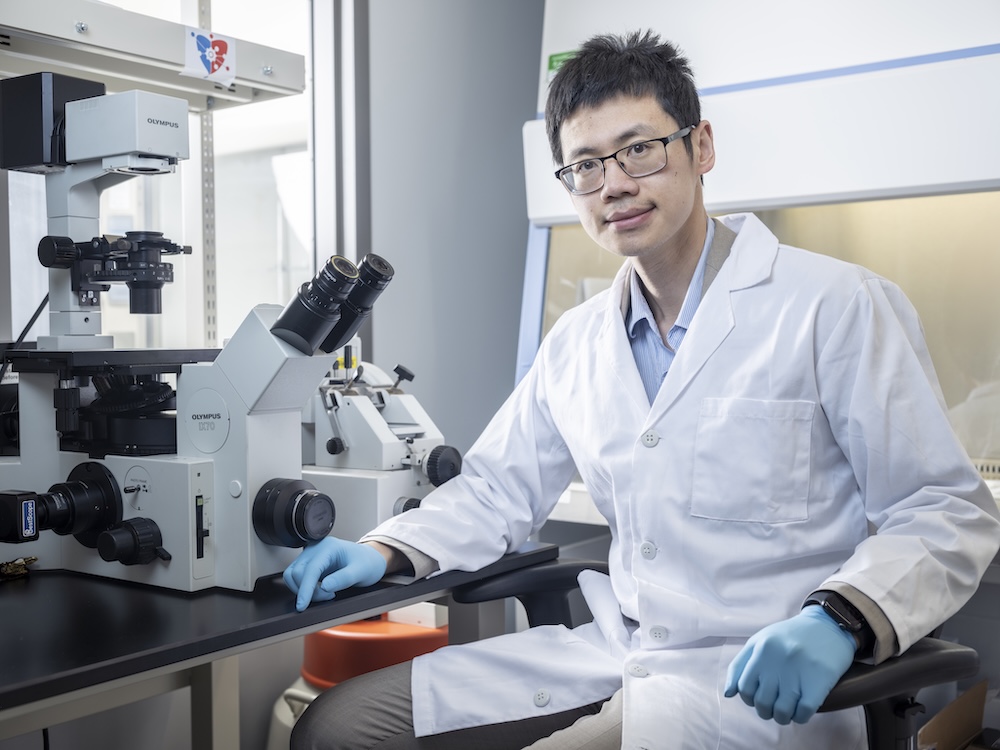
Kennesaw State University’s Lei Shi, an assistant professor of mechanical engineering in the Southern Polytechnic College of Engineering and Engineering Technology (SPCEET), is working to change that. Supported by a recent National Science Foundation (NSF) grant, Shi is leading a research project that could alter how GI disorders are diagnosed and treated using virtual replicas of a human stomach.
“This research is personal for me,” Shi said. “I’ve experienced stomach issues myself, and I know how disruptive they can be. Many people feel discomfort, nausea, or digestive problems, but after an endoscopy or imaging, they’re told everything looks normal. We want to understand what’s going on at a deeper level.”
Shi’s approach is based on two key assumptions. First, microscopic changes in the stomach’s mechanical properties can exist even when the organ appears normal. Second, that disruptions in the stomach’s natural electrical signaling patterns can alter how it contracts and moves food. By combining advanced medical imaging, biomechanics testing, and computational modeling, his team is developing patient-specific “digital twins.” These twins are virtual models of a person’s stomach that simulate both its physical structure and its electrical activity.
The research involves collaboration with two physicians at Emory University, who provide Shi with data, including CT scans, endoscopy images, and a specialized measurement called manometry, which records pressure changes and deformation in the stomach and esophagus. In his Intelligent Biomechanics lab on KSU’s Marietta Campus, Shi and his team integrate this data into 3D models, then run biomechanical tests such as tensile and biaxial testing to determine the tissue’s stiffness and elasticity.
“Two stomachs may look the same, but one might be stiff while the other is soft. That difference affects how it moves,” Shi said. “By combining mechanical properties with electrical activity patterns, we can create a model that behaves just like the real organ.”
These digital twins could have far-reaching implications. Not only could they help detect subtle changes in the stomach that current tools miss, but they could also serve as a testbed for treatment planning.
“Dr. Shi’s innovative research demonstrates the power of collaboration to create a better life for all.” SPCEET Dean Lawrence Whitman said. “By merging engineering, computer science, and medicine, his work has the potential to transform both scientific understanding and patient care.”
Shi’s vision does not stop at the stomach. His goals include expanding the modeling to the entire GI tract from the esophagus to the intestines and studying its interaction with other systems, such as the brain-gut axis. He also plans to incorporate machine learning to speed up analysis and prediction. By applying lessons learned from his previous work modeling the heart, uterus, and cervix, Shi hopes to accelerate progress and develop a virtual platform for studying digestive function.
Students are also playing an important role in this effort. Shi currently has a Ph.D. student working on the project and is recruiting an additional doctoral researcher to join the team. With such a large scope and access to advanced lab equipment, the project provides valuable hands-on experience for future engineers and researchers.
“What excites me most is that the work goes beyond coding and simulations,” said Yue Li, a Ph.D. student working with Shi. “I have the opportunity to learn mechanical experiments firsthand and contribute data that helps validate our models, which makes the research truly meaningful.”
– Story by Raynard Churchwell
Photo by Darnell Wilburn
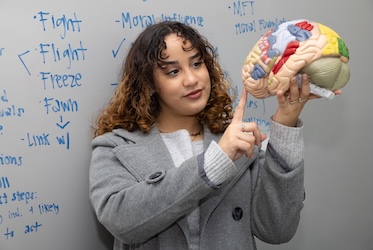
Kennesaw State student explores how trauma affects decision-making
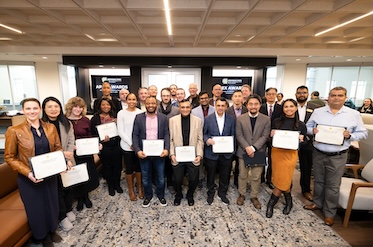
Top researchers recognized for achievements at Apex Awards
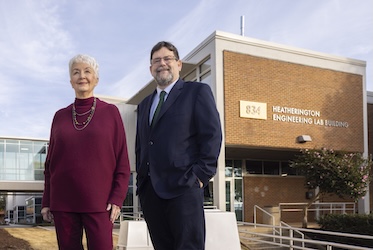
Lawrence Whitman installed as Dale and Ann Heatherington Endowed Chair of Engineering and Engineering Technology
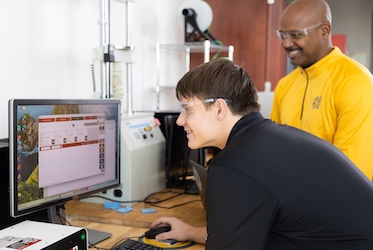
Kennesaw State team innovates stronger 3D-printed structures through advanced simulations
A leader in innovative teaching and learning, Kennesaw State University offers undergraduate, graduate, and doctoral degrees to its more than 51,000 students. Kennesaw State is a member of the University System of Georgia with 11 academic colleges. The university's vibrant campus culture, diverse population, strong global ties, and entrepreneurial spirit draw students from throughout the country and the world. Kennesaw State is a Carnegie-designated doctoral research institution (R2), placing it among an elite group of only 8 percent of U.S. colleges and universities with an R1 or R2 status. For more information, visit kennesaw.edu.